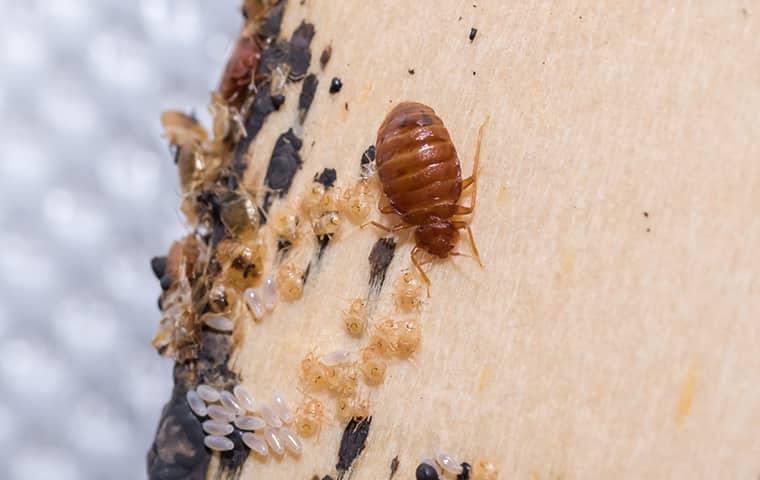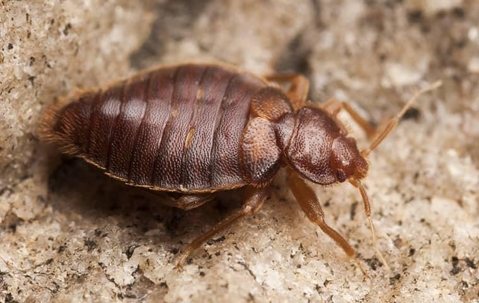You may have questions about the title of this article, especially if you just woke up with dozens of uncomfortable bites on your skin. You might be like, "Duh. Bed bugs leave lots of bites on you. And they itch! That's how you know you have a bed bug problem." While that is certainly true, it isn't always true. When an infestation first takes root, you may not notice the bites. Here are a few reasons why bites may go undetected, and some ways to detect a bed bug problem before the bites are obvious.

How do you miss a bed bug problem?
Bed bugs are hitchhiking pests. There are two ways these hitchhiking pests can come into your home. They can come in as creepy crawling insects, or they can come in as creepy crawling insects that have not yet hatched from their eggs. If an individual bed bug is carried into your Opelika home, you might not notice the bites. A bed bug isn't going to feed on you every night. It will get enough food to survive and to reproduce. While one bug can leave three bites on your skin, you may not notice them, or you might think the bites are from other insects—after all, there are lots of insects in Opelika that can bite you. If bed bugs come into your home as unhatched eggs, those eggs will hatch into immature nymphs. These are baby bed bugs. Baby bed bugs can leave slight red marks on your skin that can easily go undetected. They may also go undetected as bed bug bites even if there are numerous bites. This is because they can look like a rash caused by an allergic reaction.
Early Detection Of Bed Bugs
Tip 1: The first way to detect bed bug problems early is to recognize the tiny red wounds left by bed bug nymphs.
A bed bug will feed several times, often three times in a row. This will cause the slight red marks created by immature nymphs to look like they follow a pattern across the skin. If you see several tiny red bumps surrounded by a rash, look for this path-like pattern. This will help you tell bed bug bites from an allergic reaction to food, fabrics, plants, etc.
Tip 2: Learn to identify bed bugs if you see them.
If you turn your lights on at night and examine your bed, you might see a bed bug, but you may not recognize it as a bed bug. Adult bed bugs are oval, flat (if unfed), and they have a rust coloration. This is the stage of development you've probably seen in photos. Bed bug nymphs don't look like this. While they have a similar shape, they are pale, transparent insects that may have traces of visible black feces within their bodies. This might be confusing if you're looking for rust-colored bugs.
Tip 3: Know where to look for bed bugs.
Bed bugs don't make your job easy. When you go looking for them, they can have you scratching your head (along with many other parts of your body). These insects prefer to be in extremely tight spaces. If you lift your mattress up, there may be no trace of bed bugs. When you examine your mattress, there may be no trace of bed bugs. But dragging a debit card along the seam of your mattress can dislodge clear evidence that those bugs fooled you.
Tip 4: Learn the warning signs of bed bug activity.
If you inspect for bed bugs and use a debit card to examine tight spaces, you may dislodge shed skins, tiny white eggs, or the bed bugs themselves. This evidence will let you know that you have a problem, but there are a few warning signs that you don't have to do a detailed inspection to find. Bed bugs can leave black fecal stains and dried brown bloodstains on bedding and linens. If you notice these small and subtle stains, be aware that they are a clear indication that you have a bed bug problem.
What To Do When You Detect Bed Bugs
If you live in Reno, contact Prewett Pest Control at the first sign of bed bugs. We use the most advanced strategies to ensure the complete elimination of these tormenting pests. Connect with us today and tell us about your pest issue. We're here to help.

